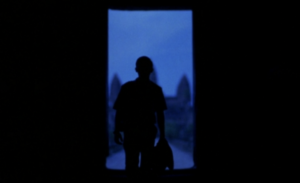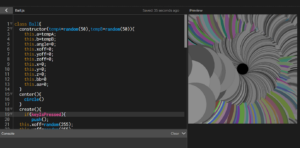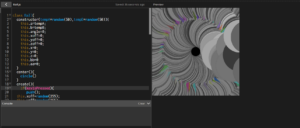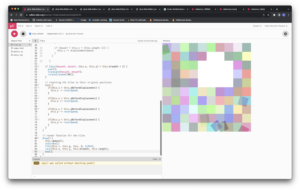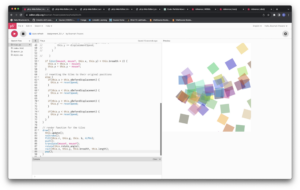In the initial chapter of Chris Crawford’s book, “The Art of Interactive Design,” titled “What Exactly is Interactivity?” the author delves into the concept of interactivity and attempts to provide a comprehensive definition.
Reading this text, I find myself nodding in agreement with the author’s perspective on the term “interactivity.” It’s evident that the author is critical of how the term is used and misused in contemporary discourse. The comparison of interactivity to a conversation, where two actors alternate between listening, thinking, and speaking, is thought-provoking. This made me question: How well does this metaphor hold up when we apply it to different contexts, especially in the digital realm where human-computer interactions can be vastly different from human-human conversations?
The author’s critique of the misuse and overuse of the term “interactivity” in various contexts, from marketing to technology, is a valid point. The example of a laundry detergent labeled as “specialized terminology” humorously illustrates this point and serves as a reminder of the potential for specialized language to lose its meaning.
The discussion about the subjectivity of interactivity is thought-provoking. The idea that interactivity might exist in the eye of the interactor raises questions about how we define and measure it, especially in various contexts where it might manifest differently.
The author’s exploration of what isn’t interactive, such as printed books and movies, challenges traditional definitions and prompts me to reconsider what truly constitutes interactivity. It’s a reminder that not all forms of communication or media can be classified as interactive.

